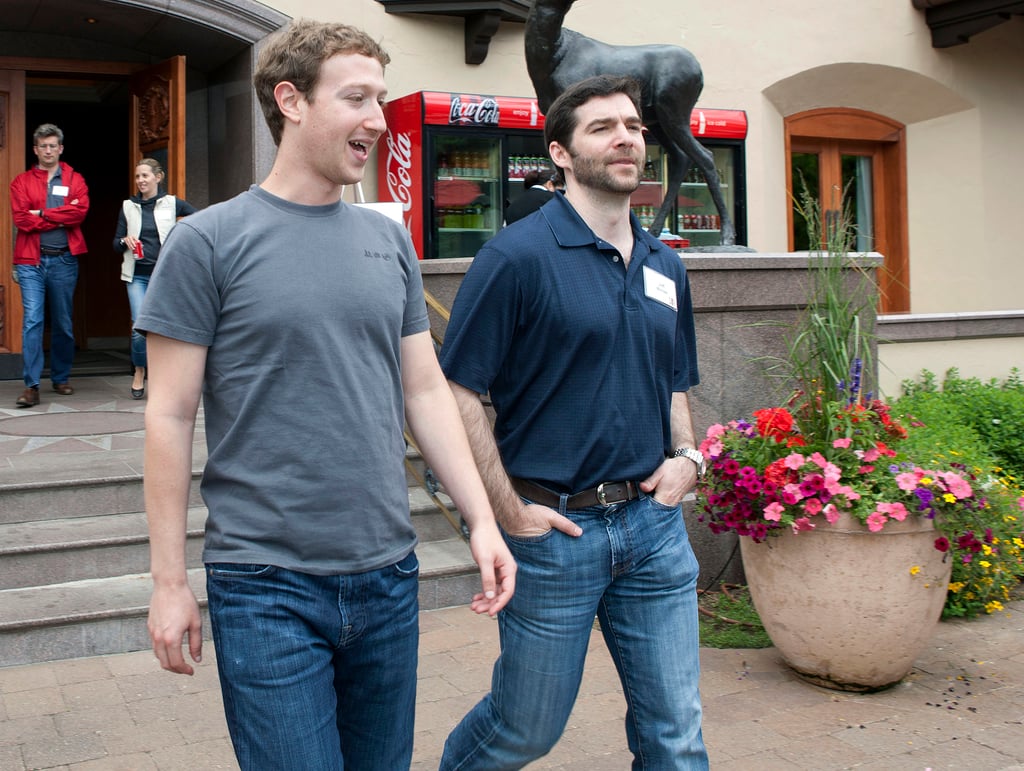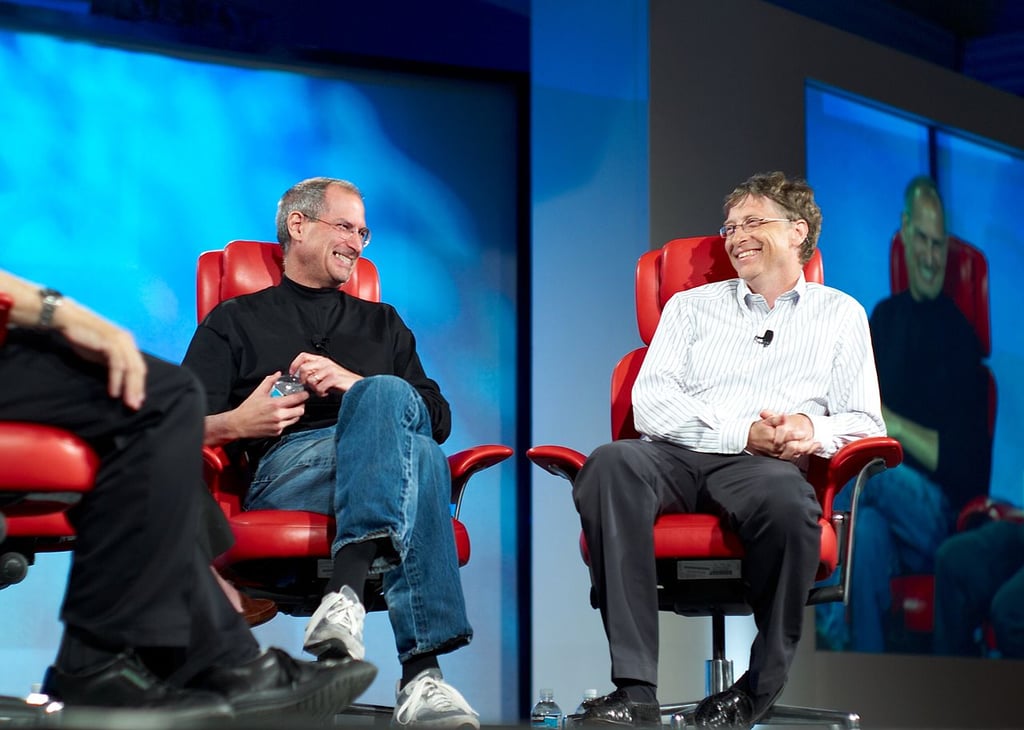
Thang Tran
In a fast pace business environment, we have just so many tools to connect people across borders, transmit information far and wide, and make communications easier and swifter. Tools like emails, direct messages, or collaboration apps like Slack or Trello have been integral to every part of businesses. They provide tremendous benefits, but also widen the gap between managers and employees. In this tangle of constant distractions, one-on-one meetings happen to be a useful tool in manager's arsenal by presenting a unique opportunity to have intimacy conversations with the employees.
Need more tips? Check out other useful tips to hold meetings from MeetingPackage.com blog:
- 4 Crucial Features Used At Apple, Tesla, & Facebook To Create A Great Meeting Agenda
- 5 Tips To Build An Unbeatable Event Team
- 7 Golden Rules To Run A Meeting That Everyone Loves
A one-on-one meeting is a recurring meeting between the manager and direct reports to address matters that can't be conveyed in reports, emails, or other less personal context. This type of free-form meeting aims to bring intimacy into the conversation and opens opportunities to learn about the challenges they are in, offer problem-solving consultations, evaluate work progress, get and give feedback, and provide coaching.
A standard one-on-one meeting is rather short, usually from 15 to 30 minutes. A well conducted one-on-one meeting can help build loyalty and reinforce trust between employees and their superiors. One the other hand, failing to carry out one-on-ones can intensify the disconnect between the managers and their directs.
To have a meaningful one-on-one meeting is not easy. You may feel uncomfortable to sit down face-to-face with the superiors and start talking about your personal challenges. You are worried your managers will not listen, or they can take offended of what you say. You don't tell them how they made your day with a simple "Well done" after your presentation, or how their work ethics inspire you. You feel awkward and humiliated. You start building a barrier as soon as you enter the meeting room, and retreat to your "safe zone" by talking about some general issues in the regular meetings. Cultural backgrounds and trust issues also take part in making it uneasy to speak your mind.
Even when you come into the meeting with clear objectives of what to say, the managers may well pour cold water into it by showing their disinterest. You can see him still work on his computer while you are talking, or he does not let you finish the sentences, or he always try to pivot the topics into what in his agenda. You don't feel the meeting is about you and your challenges.
Even when you have welcomed the first occasions, you may well find yourself with fatigue when the meeting has become too monotonous. The routine goes like this: you make a little agenda, come to the meeting, give some updates, say some nice words, or maybe give some complaints. There is no new substance; it even irks you to drag through the meeting every week. It is no longer an opportunity, only an obligation.
To realise the problems with one-on-one meetings and attempt to fix it, the managers has to be more attentive and sensitive in their preparation as well as the way they approach in the meeting. Here are a few tips for the managers:
Make certain goals: One-on-one meetings can only work when both sides have clear goals and understand what they want to achieve at the meeting. Different objectives will need different approaches. For example, if the goal is to get updates on a current project, it is essential to set weekly meetings. If the manager feels he has been disconnected with the team, he can propose bi-weekly or monthly meetings.
Make it recurrent: It is necessary to create a rhythm for the meetings by setting them at the same time. The meeting doesn't need to be long; it might be even a simple catch-up with the direct reports. But make them interesting by changing the format or get away from the slides. Do anything that makes it different from other meetings.
Never cancel: Never cancel the meeting in the last minutes, it sends the exact opposite messages you want to send to the direct reports. Don't just go on and on in a rigid format, go for offsite venues - coffee shops, meeting venues, hotels, or even take them to a walk. Bring something new and refreshing and make the employees feel comfortable to come in.
Make the direct reports the drivers: One important thing to remember: the one-on-one meeting is the employee's meeting, not the manager's.
Unlike other types of meeting, in a one-on-one meeting, it's the direct reports who calls up the shot by setting up an agenda and sends it to the manager. The manager's role should be in the passenger's seat, observe and listen to what the directs say, and provide guidance if needed.
Take notes and prepare: As the manager, when you receive the agenda and during the meeting, remember to take notes and follow up items. If there is an interesting topic comes up that need extra attention, just go off script. If the directs need some therapy, take your time to listen and go deep into the matter.
Listen first: One again, the idea of one-on-ones is not solely on performance review or feedback blasts. By going in with the "listen first" mentality and giving them the stage; you gain new perspectives and understandings. It's also important to ask open-ended questions with some level of specifications to encourage them to speak their minds. For example, ask questions like "Did you think I spend enough time with you?" or "Did I put myself clear in the meeting?".
Give feedback: Coaching and feedback must be imperative, good feedback should be:
- Objective - It should never rely on your sole observations but a collection of peer's opinions, subordinates feedback, and customer's reviews.
- Immediate - The feedback should be about the task performance that has happened in the immediate past.
- Constant - Feedback should consistently be given around the year, not just on the performance review time.
Make it more interesting: it's very easy to get complacent and have repetitive one-on-one just for the sake of it. It's the manager's challenge to keep it from happening. Think of something new and refreshing that can wow your directs. Instead of having conversations in the meeting room, how about renting an offsite venue to host your one-on-one? (By the way, Do you know that MeetingPackage.com can provide meeting places of all sizes for your one-on-one meeting? Search now). Instead of sitting down, how about taking them for a walk and chat? Bring more intimacy on your conversations. Remember, your ultimate goal is to build mutual respect and cultivate relationships. The more effort you put into make an effective one-on-one, the greater the benefit to your team and organisation.
How Do These CEOs Hold Their One-On-One Meetings?
Jeff Weiner - Walking one-on-one meetings gives much more options than sitting meetings
 Jeff Weiner and Mark Zuckerberg are big fans of walking meetings (Source: Huffingtonpost)
Jeff Weiner and Mark Zuckerberg are big fans of walking meetings (Source: Huffingtonpost)
Jeff Weiner- CEO at LinkedIn - prefer to taking his direct reports on a walk along the Shoreline bike path in Mountain View, behind the LinkeIn office. According to Weiner, besides the obvious health benefit of getting out of the office, a 30-minute walk a few times a day gives a refreshing meeting format which eliminates distractions, and allow everyone to take the best out of their working hours.
Steve Jobs - Free-form one-on-one meetings to encourage critical thinking
 Jobs used one-on-one meeting to inspire out of the box thinkings (Source: Wikipedia)
Jobs used one-on-one meeting to inspire out of the box thinkings (Source: Wikipedia)
For Jobs, he preferred the freewheeling face-to-face meetings rather than regular sitting meetings. When he was in Apple, every Wednesday afternoon, he had an agenda-less meeting with the marketing and advertising team. In the meeting, he banned the use of slideshow. Instead, he encouraged them to think critically and debate passionately without leaning too much on technology. (From BusinessInsider)
Joe Cowan - CEO of Epicor: Virtual one-on-one meetings to keep tab of the current projects
As the CEO of Epicor - a 4,000-person firm based in Austin, Joe Cowan has a unique approach to one-on-one meetings. Most of the company's employees and Joe himself work remotely at their home stations. He emphasises the importance of one-on-one meetings as the driven force to keep track of the team as well as eliminate the sense of isolation, which is common for remote teleworkers. To conduct the weekly one-on-one meetings, Jone uses Skype for business, and the company also installed video conferencing hardware for every home workers. Aside from video calls, Jone also encourages his employees to use text messages rather than emails or phone calls. According to him, "texting" bring more urgency and more presence sense with other workers.
Ben Horowitz: One-on-one meetings should let the directs speak their minds
 Ben Horowitz emphasize the desire to get to the root of key issues is what make one-on-one meeting effective (Source: Wikipedia)
Ben Horowitz emphasize the desire to get to the root of key issues is what make one-on-one meeting effective (Source: Wikipedia)
Ben Horowitz - Co-Founder of venture capital firm Andreessen Horowitz - has a piece of advice for managers when conducting one-on-one meetings: try to outline the key issues. It's hard to get the direct to speak her mind, especially for an introverted type. However, the manager can accumulate answers by asking thought-provoking questions. One technique is using reversed words in questions. For example, instead of asking "What do you like working in this company?", You can ask "What is it not fun working here?". It's a fun article to read; I would highly recommend you to take a look.




